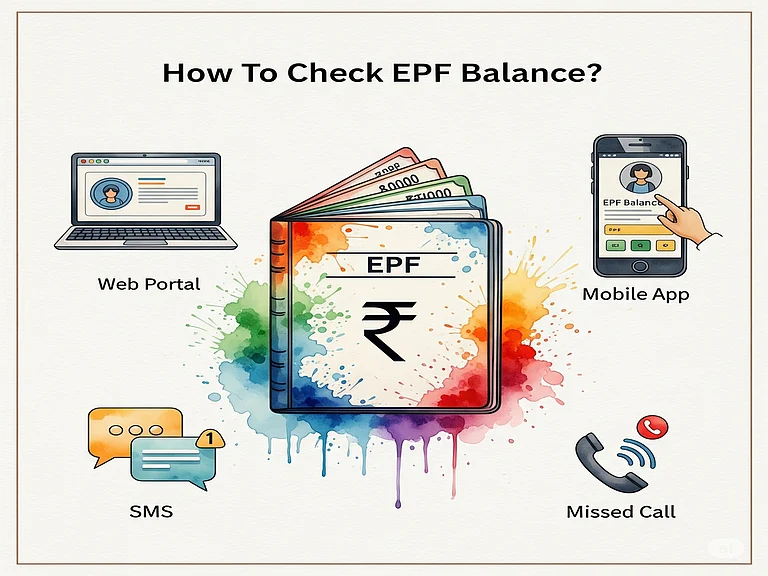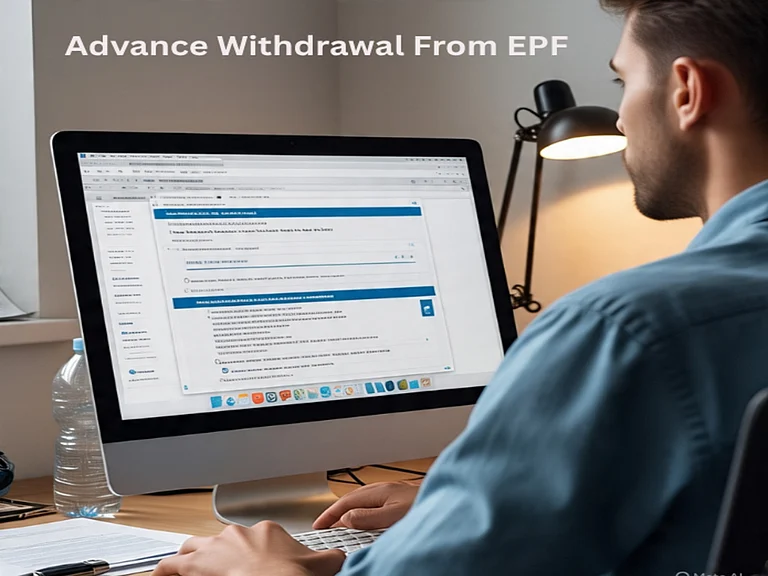The union cabinet has approved the Employment Linked Incentive (ELI) Scheme on July 1, 2025. The scheme was first announced in the Interim Budget 2024-25 in July 2024. The economic survey then indicated that India needs to create an average of 78.5 lakh jobs every year until 2030 to accommodate the rising number of working-age youth. To work in this direction, the government has approved a financial support package of Rs 99,446 crore for ELI to boost job creation. This scheme will provide incentives to both employers and new employees. As the main objective of this scheme is to generate more jobs, the incentives will be provided to the new employees and all employers registered under the Employees’ Provident Fund Organisation (EPFO), with a focus on the manufacturing sector.
Employment-Linked Incentive (ELI) Scheme Approved By Cabinet: Who It Will Benefit And How
The union cabinet has approved the employment-linked incentive (ELI) scheme, approving Rs 99,446 crore financial support to generate more jobs in the market, particularly the manufacturing sector
This scheme is projected to create more than 3.5 crore jobs over the next two years, according to government estimates. Notably, ELI benefits will apply to first-time employees who join service between August 1, 2025, and July 31, 2027.
The Scheme Has Two Parts: Plan A And Plan B
Plan A:
This benefit is for first-time employees. They will be incentivised with one month's wage, a maximum of Rs 15,000, in their first year of service. It will be given in two installments, half of the incentive amount after six months of service, and the remaining half after 12 months of continuous service and completing a financial literacy programme. A part of the incentives will be held in a savings account for a certain period to encourage savings habits in employees. They can withdraw this amount at a future date.
Who Will Be Eligible For ELI Benefits?
• The employee should be a first-time entrant into the workforce
• The organisation should be registered with EPFO
• Those earning up to Rs 1 lakh are eligible for ELI incentives
This is expected to generate 1.92 crore jobs.
Part B
Under this part, the government will incentivise employers to generate jobs. They will receive incentives of up to Rs 3,000 per month per additional employee. Organisations registered under the EPFO that have between 20 and 50 employees will be incentivised after creating jobs for two new employees. Organisations with more than 50 employees must add five new jobs to be eligible for ELI incentives. However, to receive the incentives, employers must retain these employees for a minimum of six months.
Under this part, employers can receive an incentive of up to Rs 3,000 per employee, but the amount may vary depending on the employees' EPF wages.
• For a monthly wage up to Rs 10,000 – Up to Rs 1,000
• For a monthly wage of more than Rs 10,000 to Rs 20,000 – Rs 2,000
• For a monthly wage of more than Rs 20,000 to Rs 1 lakh – Rs 3,000
The incentives for employers will be available for employees earning up to Rs 1 lakh per month.
How Will This Scheme Benefit Employees?
Rajani Tandale, Senior Vice President, Mutual Fund at 1 Finance, shares, “The upfront benefit is particularly impactful for low- and middle-income employees. Receiving Rs 7,500 after six months (and again after one year) serves both as financial support and a retention incentive. It eases early expenses like commuting, housing, or training, and motivates workers to stay longer in their new roles - leading to better job continuity and skill development.
At the same time, “It encourages employers to hire first-time job seekers by covering part of the wage cost, making it easier for freshers and low-income workers to enter the workforce. Employees also gain access to benefits such as provident fund contributions, greater job stability, and government-backed wage incentives”, she adds.
The government expects to generate around 2.60 crore jobs through Part B incentives.


